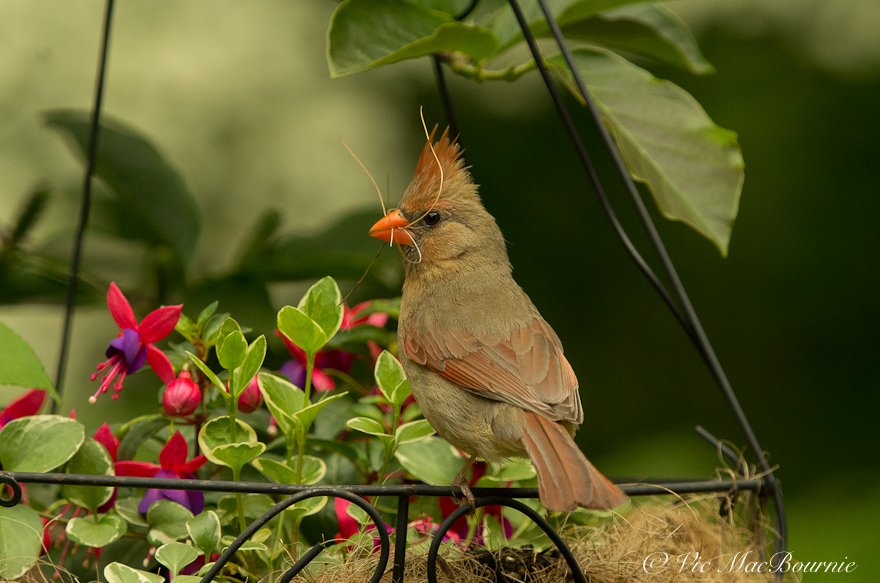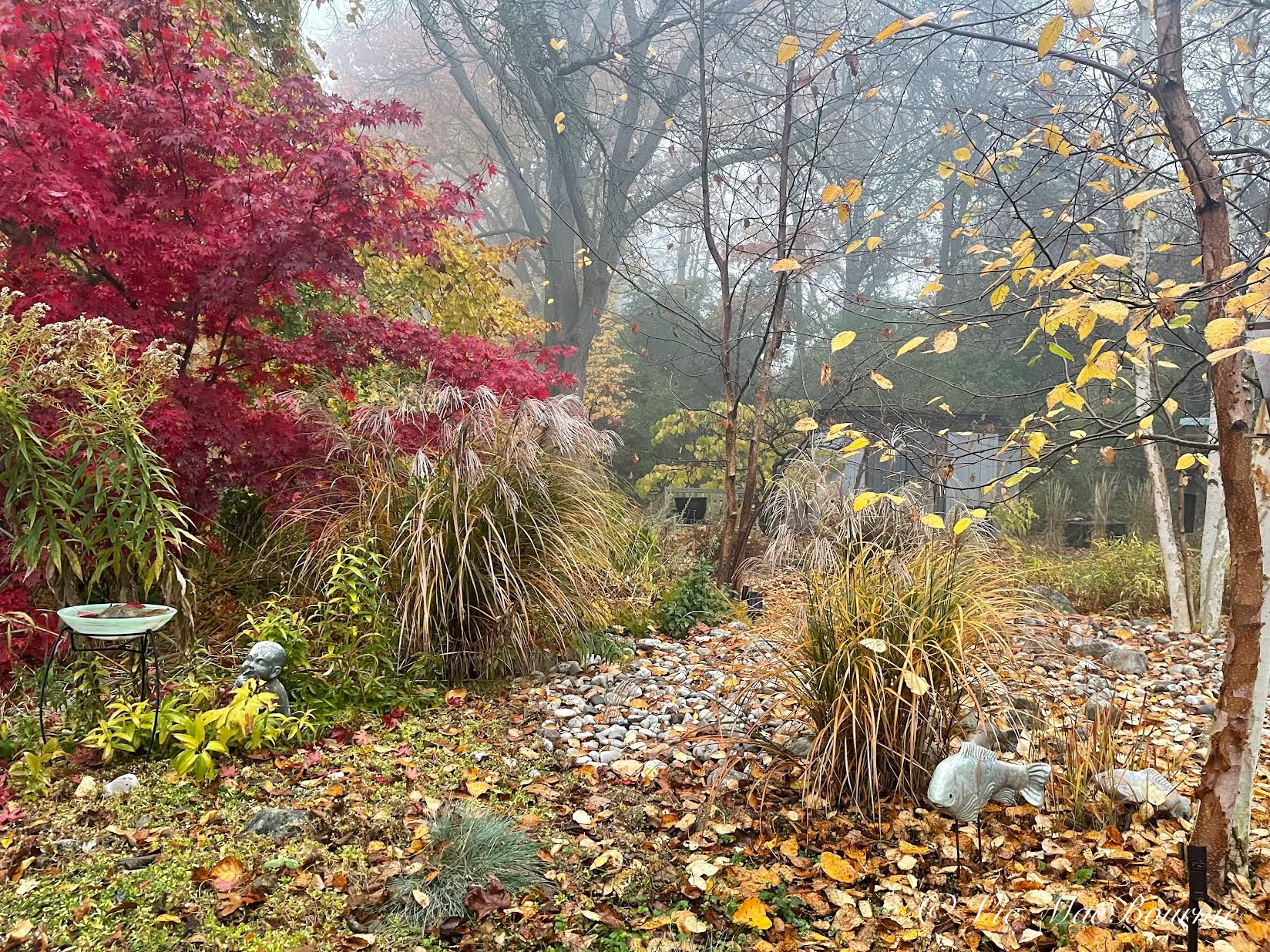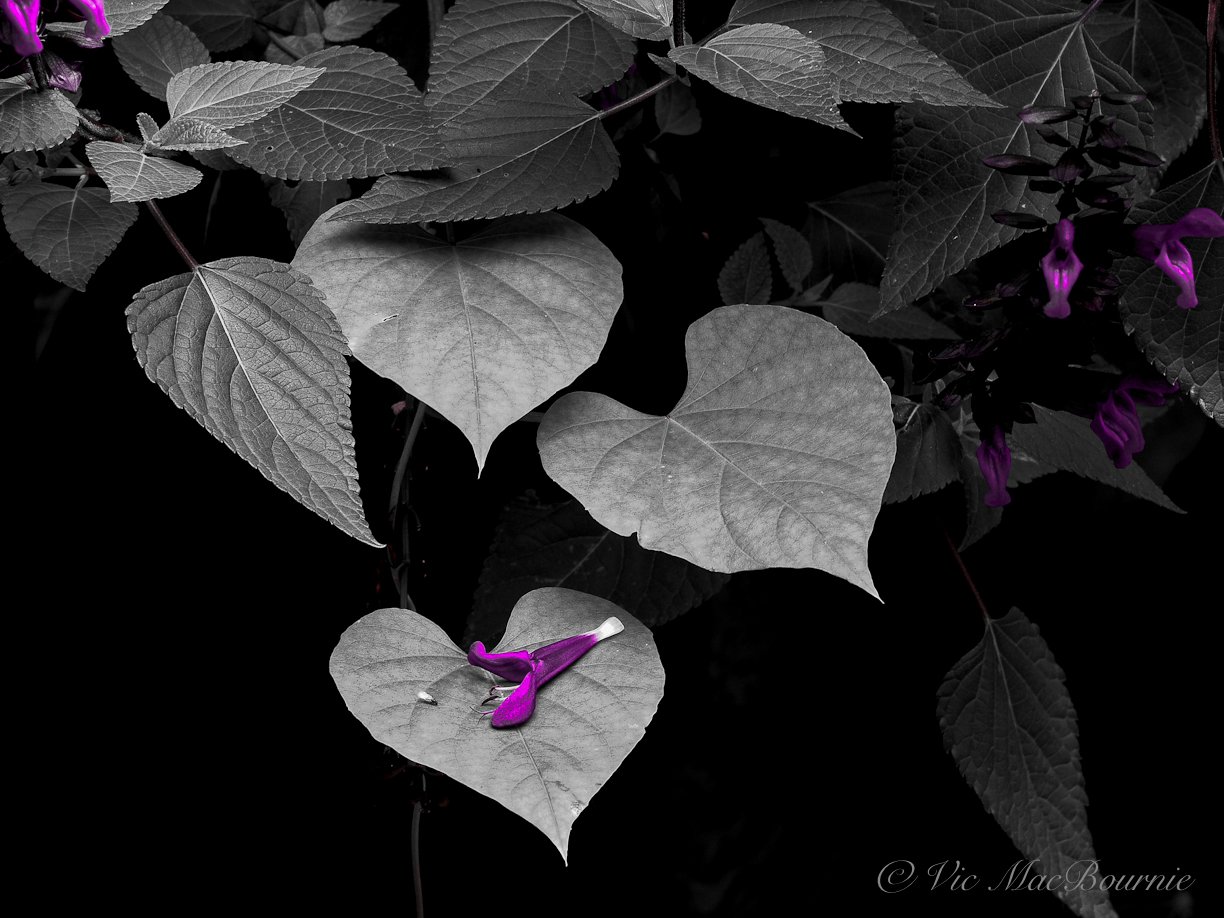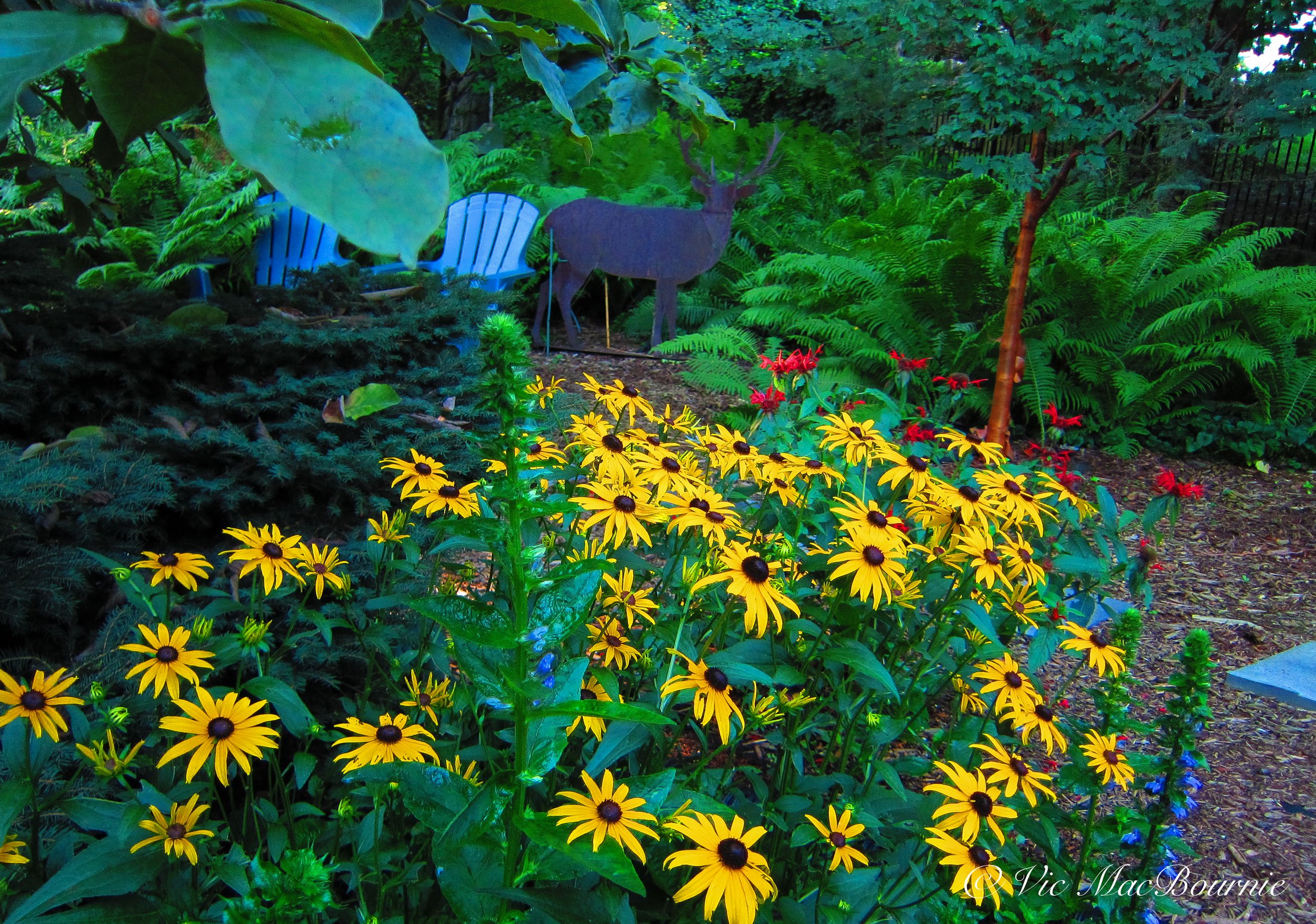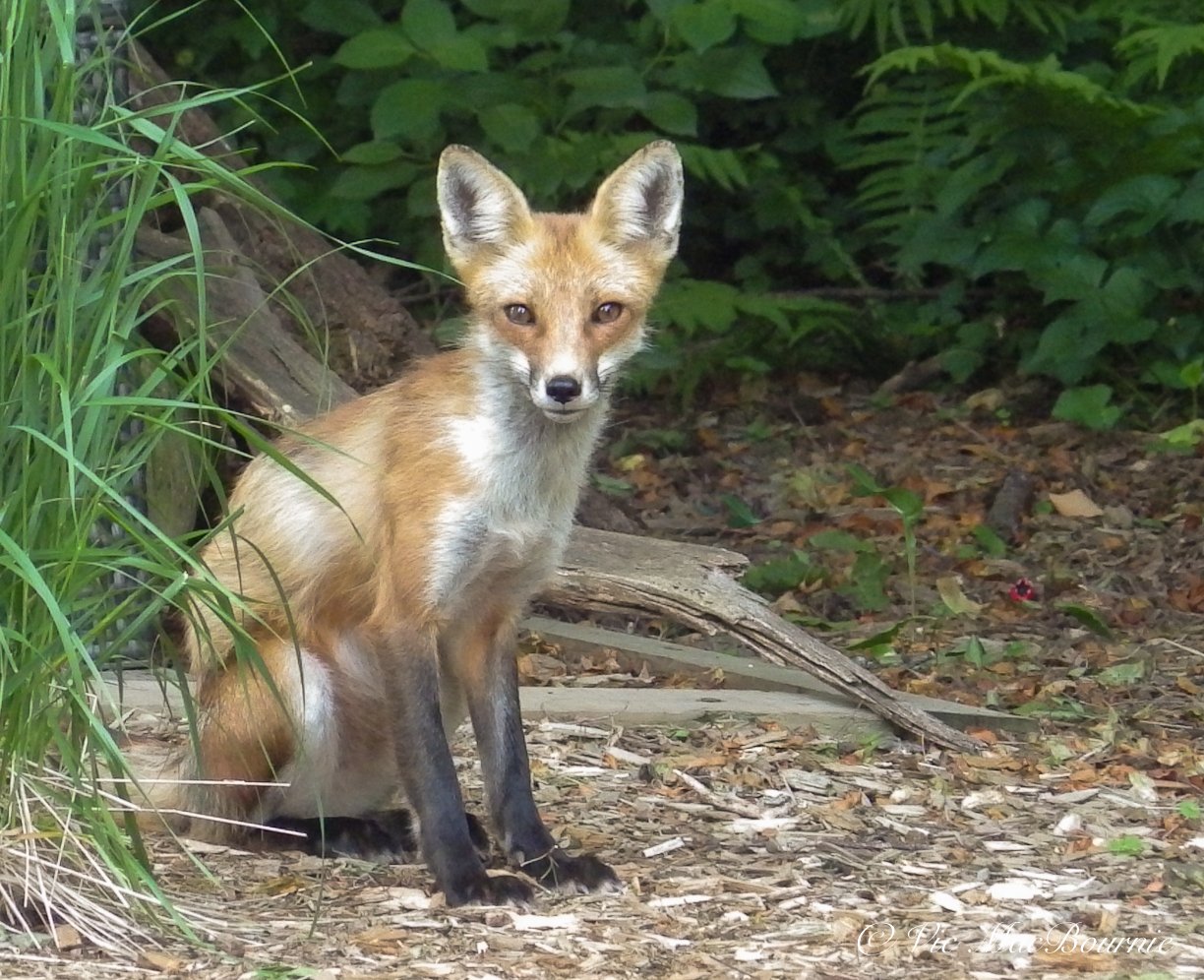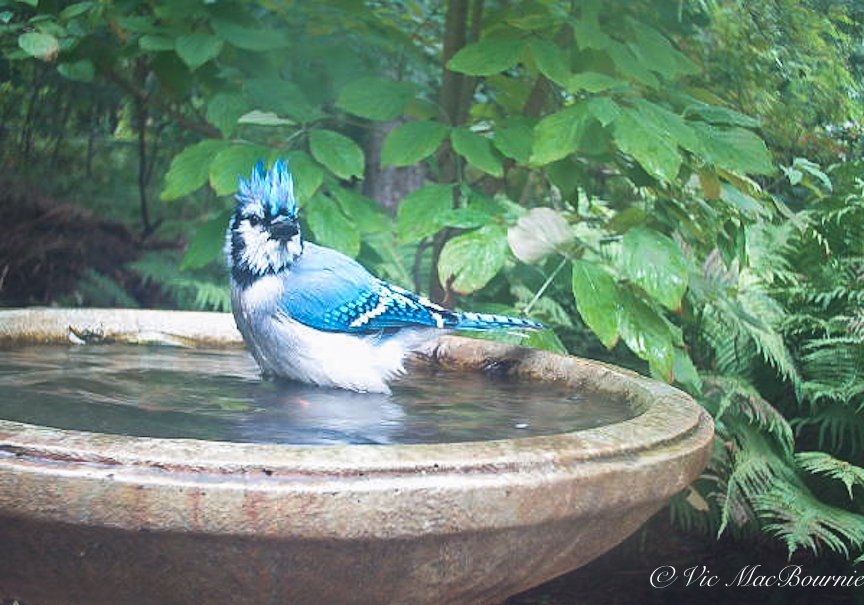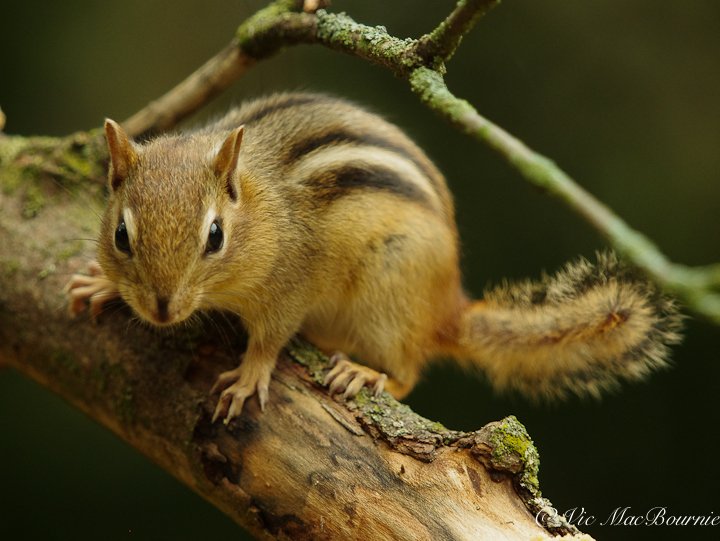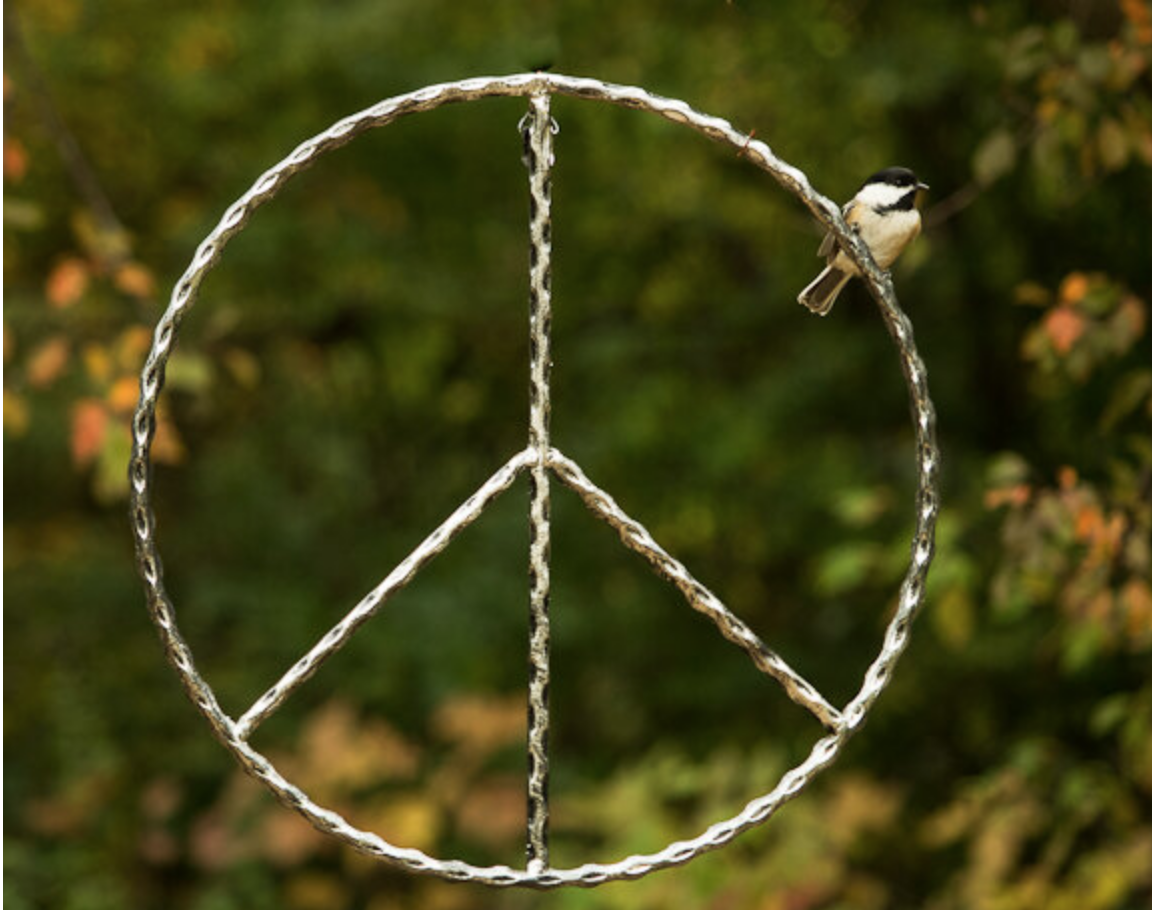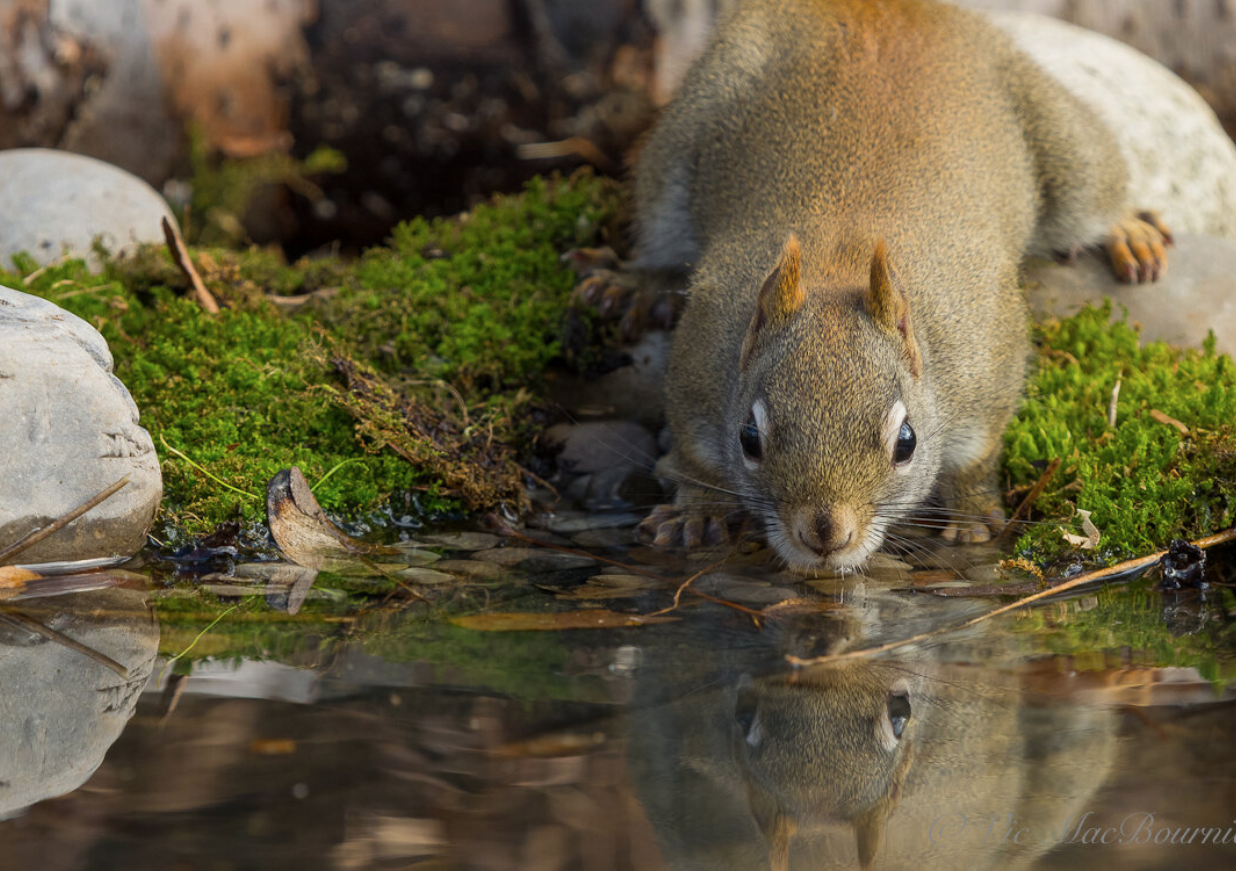Pentax K5: And Day In the Life of My Garden
A 13-year love affair with the Pentax K5
The Pentax K5 was released in 2010 as the venerable camera brand’s answer to to the Canon 7D, Nikon D7000 and Olympus E-5. The launch price of $1,600 for the body only certainly showed the enthusiast camera market that Pentax was serious about playing with the big boys when it came to digital cameras.
The new Pentax camera boasted a 16.3 megapixel CMOS sensor with a higher maximum sensitivity (ISO 51200) than any APS-C camera up to that date, continuous shooting at 7.0 frames per second and a 1080p full HS video mode, not to mention an upgraded SAFOX IX + AF system, and a few new digital filters and custom image modes.
What does all this mean in 2023? It means, despite its age, the Pentax K5 remains a very competent camera that is more than capable of capturing garden images, documenting travels or creating lovely images of your children, grandchildren pets and wildlife.
In fact, it is my go to camera when I’m looking for the best quality in my, admittedly aging, arsenal of cameras.
Together with the trusty 300mm F4.5* Pentax lens, it is responsible for most of my favourite images in the garden.
I consider the Pentax K5 my workhorse camera.
The Pentax K5 is not a particularly pretty camera to look at or super fun to use. It just gets out of the way and gets the job done, day in and day out.
Not to be overlooked, a convenient backlit window on top of the camera makes setting and checking exposure extremely simple even if glare from the sun makes the back LCD screen impossible to read. The small window provides all the basic information a photographer needs to know to obtain proper exposure including: Shutter speed, ISO, Aperture, Exposure compensation, battery level, and much more.
Top panel information for the Pentax K5
Today, the camera is available for a fraction of its original selling price. A quick look around used prices shows that a good quality body could be easily picked up for between $200 and $250. Some come complete with a kit lens or even better.
If you look hard, you may even find an used body with one of Pentax’s prized limited series lenses for a good price.
Check out the prices here at Adorama, or here at KEH cameras, or here at Canadian owned Henry’s Cameras.
Although prices have come down considerably for the former Pentax flagship model, the K5 can still compete with many of today’s newer cameras. The 11-point autofocus system, ergonomics, and tough weather and dust resistant body has withstood more than just inclement weather.
Later models of the K5, especially the K5 lls, where Pentax removed the anti-aliasing filter, are especially competitive with newer full-featured bodies. The IIs is almost identical to the K-5 II except that its anti-aliasing filter has been removed. (Removing the built-in filter helped start a trend in DSLR cameras that resulted in sharper images, albeit with the introduction of moire in some rare situations.
The K5 is certainly larger than many of the camera’s in my arsenal – especially the tiny Pentax Q camera system (Links to my earlier posts) and my new Olympus kit – but the K5 is not too large or heavy to carry around on a regular basis.
Thankfully, most of my images these days are created just steps out the back door in my woodland/wildlife garden. The ability to create a range of images right outside your door opens up a lot of opportunities that are difficult if you are having to travel long distances to capture images.
On this day in the middle of June 2023, just as the garden flowers were beginning to emerge, I decided to work on my first “A Day in the Life of my Garden” feature documenting the garden using one camera and a couple of lenses.
The day began around 7am in my favourite chair in the back garden, a huge mug of coffee and, of course, my dog Holly (link to post about Holly – a dog with a heart so big she needs a pacemaker to keep it going.)
Focus on Hummingbirds
My first challenge was to capture the hummingbirds working the feeder at my new Hummingbird Hangout (link to my post). They start early taking turns at the various natural and commercial feeders and offered up a series of images with the 300mm F4.5 mounted on a monopod.
The fact that it was still early morning and the light was low made capturing the fast birds a little tricky, but by cranking up the ISO to 3200 on the K5 and shooting wide open at F4.5 on the 300mm, I was able to score a few reasonably sharp images of the hummingbirds in action without having to resort to using a flash.
The crop factor of the APS-C sensor turns the 300mm lens into the equivalent of an approximately 450mm f4.5 enabling me to get good frame-filling images of the hummers feeding. I particularly like how the slightly out-of-focus swing frames them in the background.
On the K5 I use back-button focus almost exclusively. It helps to get fast moving action without the camera constantly searching for focus. It is especially useful when the bird or animal is sitting in one spot for a period of time. (Back button focus takes the focusing duties away from the shutter button on top of the camera and transfers it to a separate button in the back. I find the back button setup on the K5 very ergonomic and easy to get to with my thumb while my index finger works the shutter.)
Photographing hummingbirds can be challenging. Using electronic flash is the best way to stop their wings in flight and bring out the beautiful colours in their feathers, but I enjoy the challenge of shooting them without flash by waiting for them to stop for a brief moment in their flight.
There is no question that the K5 drive was set to high resulting in numerous images to sort later in the day.
Cardinals, sparrows gather nesting material
At the same time, a female cardinal and chipping sparrow intent on starting families began pulling out parts of our coco mat hanging basket liners to use for nest building material.
Still armed with the 300mm made photographing the female cardinal focused on gathering nesting material relatively easy. Later, a chipping sparrow joined her in the search for nesting material.
Going back and forth between the nest builders and the hummingbirds kept me busy for most of the morning.
(see more images in the photographic gallery)
Capturing the garden up close
After giving the K5 a good workout capturing nest-building and hummingbird action, it was time to do a little macro photography.
The jury is out on whether to use a tripod for macro work these days. The combination of being able to crank up the ISO to high levels and the availability of impressive in-camera stabilization has convinced many photographers to forego the tripod and shoot handheld. Although I have shot using this method in the past, the situation lent itself to using a tripod.
Using a tripod can be a real pain, but it forces you to slow down and think about what you are trying to achieve. At the same time, a tripod allows you to use a lower ISO to create an image with less noise and more apparent sharpness.
Few flowers were blooming at the time, but I was able to use the remaining early morning open shade to focus in on a combination of annuals and perennials using the 50mm SMC f2.8 “A” manual focus macro lens on the K5.
Unlike more modern mirrorless cameras, the K5 offers nothing special to assist photographers with manual focus, except the live view mode that shows the image on the large 3-inch, 912K pixel LCD screen on the back of the camera. There are no “marching ants” to help ensure the subject is in focus, but the Live View is a useful feature to help nail manual focus on the camera.
The 50mm macro is a sweet lens that I use both on my Pentax cameras – the K5 and IstD – as well as my Olympus kit. I can also use it with the Pentax Q system with an adapter. On the miniaturized Pentax Q, the 50mm macro becomes a 250mm macro with the crop factor. On the Olympus, with a crop factor of two, the lens becomes a sweet little 100mm macro.
The 50mm macro is perfect for flower photography. If I was shooting insects or butterflies, I would have used a 100mm macro allowing the same magnification from a longer distance.
When using the tripod, it’s a good idea to turn off camera stabilization and either use an electronic shutter release, or the 3-second delayed shutter release built into the camera’s operating system. A button on the back of the camera gives you instant access to the delayed shutter, which is more convenient than having to go into the camera’s menu.
Speaking of the camera’s menu system, anyone familiar with using Pentax will find the menu system is easy to use and laid out in a very intuitive way.
(see more images in the Pentax K5 gallery)
Taking advantage of a backyard studio and photo blind
Unless you can find some open shade or use a flash to even out the light, mid-day is usually a good time to take a photography break.
Later that afternoon, I decided to test the camera and 300mm lens out in the photographic blind and small outdoor photo studio I created in a corner of the yard. It’s a small reflection pond with a natural backdrop that has helped me capture many good images of birds, squirrels and chipmunks in a natural setting. Here’s a link for more information on creating a natural outdoor photo studio.
The combination of a portable Tragopan photographic blind and the DIY outdoor photo studio creates the ideal opportunity to create professional looking bird and wildlife images at any time.
Although I was unable to get the chipmunk or birds to work their way down to the water where it’s possible to get reflection images, I was able to get a few nice shots of one of the local chipmunks.
I set the blind up about 10-12 feet from the outdoor studio and am able to get frame-filling images with the Pentax K5 and 300mm lens. A small hill filled with wildflowers and shrubs behind the outdoor studio helped create a natural, soft green background.
Here are a few images from an hour or two of shooting in the afternoon.
The Pentax K5 and evening light
As evening settled in, it was a good time to change over to my 28-105mm wide angle lens for some general garden photography.
Even after hundreds of images, the battery remained strong. In addition, the K5’s impressive viewfinder showing 100% coverage and includes diopter adjustment, proved comfortable to use over the course of the day.
Ergonomically, the camera is comfortable in the hand with a large protruding grip in the front that makes handling even larger lenses easy. A wheel in the front and another in the back provides easy access to controls, and the separate exposure compensation button and ISO button on top of the camera provides access to two of the most-used features photographers need.
The camera is well laid out and is easy to use. A separate drive is available but not necessary unless you feel you need the extra grip and battery power.
Pentax K5: A water and dust resistant work horse
There’s a good reason that the Pentax K5 has garnered a reputation as a stalwart work horse. Its 16 megapixel CMOS sensor, together with its easy handling, in-body stabilization and array of modes and filters makes it an ideal camera for photo enthusiasts and advanced amateurs. Add to that it’s water and dust resistant, making it a good choice for outdoor professional photographers, especially if it is teamed up with one of Pentax’s weather resistant lenses.
If specifications are your thing, please click on this link to go to the Dpreview photography website, where you will be greeted by more specs than you could ever hope for in life.
Here is a list of the key features of the Pentax K5.
16.3Mp CMOS sensor
ISO sensitivity span of 80-51,200 (equivalent)
1080p HD movie mode
Limited in-camera movie editing functionality
Socket for external microphone input
Triple-axis sensor-based shake reduction (horizontal, vertical and rotational correction)
New SAFOX IX+ 11-point AF system (improved over the K-7)
Support for older Pentax lenses with manual aperture rings
Magnesium alloy body shell
Improved handheld HDR function (JPEG mode only)
Continuous shooting up to 7fps
100% viewfinder coverage (0.92x magnification)
Choice of PEF or DNG RAW files
3in, 921k pixel LCD screen
Would I buy the Pentax K5 today?
Buying a Pentax K5 today could be an exceptionally good purchase for a photographer looking for a solid camera at a very good price. If you are an advanced amateur looking to dive deeper into nature photography and have no need for the latest and greatest camera, I would highly recommend tracking down a good used body.
The weather and dust resistant qualities of the camera make it exceptional for outdoor use in inclement weather conditions and the availability of high quality Pentax lenses and those from third-party manufacturers, makes it an affordable choice.
If you can get the IIs version without the anti-aliasing filter, always choose that one over the regular K5 or slightly upgraded K5 II.
Happy shooting.

